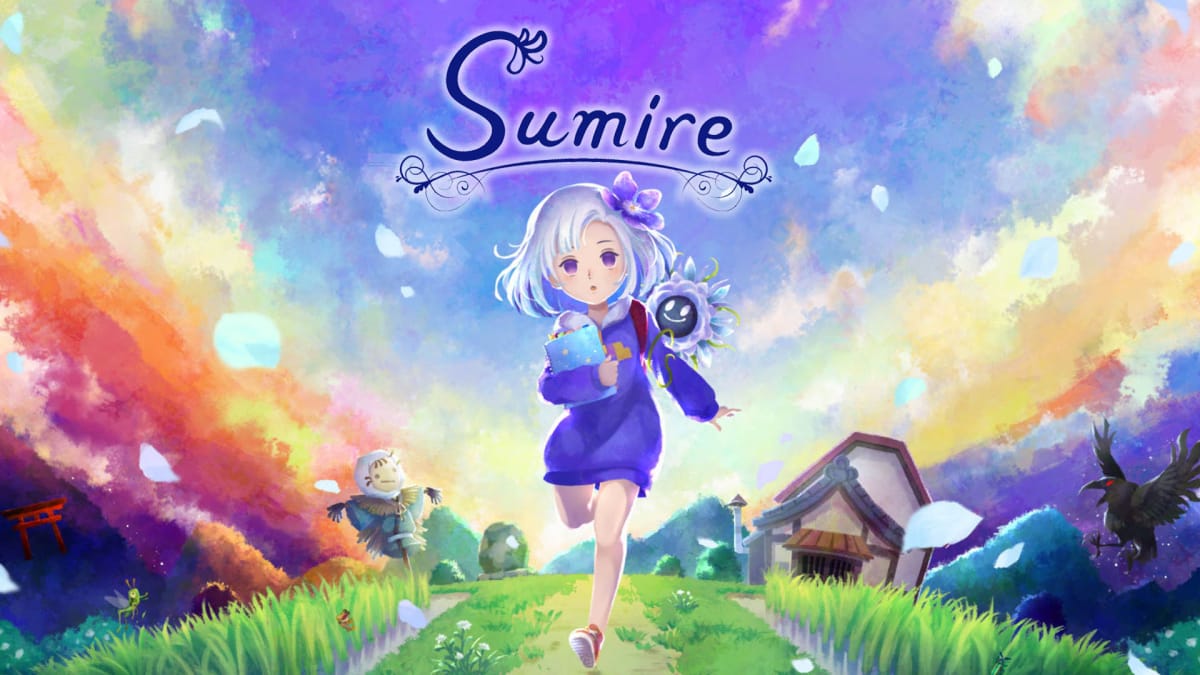The picturesque setting of Sumire opens up in the quiet hours of the night. The titular character, Sumire, wakes up from a dream of embracing her late grandmother and is filled with a sense of longing. There’s starlight streaming in through the window, the sound of crickets chirping, and glow-in-the-dark stars sprawled across the lower-half of the wall.
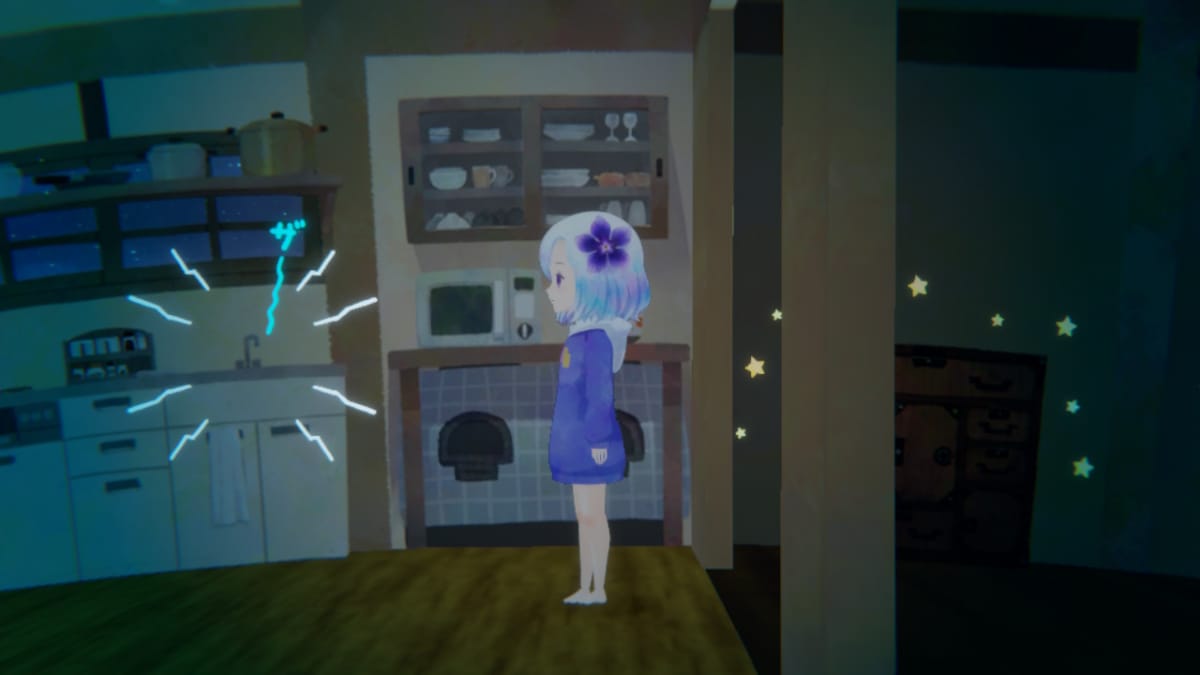
It’s a set-up that is oddly nostalgic and captures your heart almost immediately. An indie narrative adventure by GameTomo, Sumire explores the themes of love, loss, and letting go at a tender age. Issues such as broken friendships and split families are rarely depicted in any medium, much less video games, and very rarely is it done right. To see it from the perspective of a child, and through such magical and memorable storytelling, is quite the feat.
One Day, One Life
As you play Sumire, you make your way across the house and see that the tap’s been neglectfully kept on in the kitchen. You turn it off and grumble about Mom leaving it on every night. Making your way to the traditional Japanese tatami room, you finally see your grandmother who you’ve been wanting to meet.
You tell your grandmother’s picture, that with your Dad gone, Mom’s been sleeping all day, and how you’re doing your best to be okay, but it’s getting lonely. You ask her what she wanted to tell you in your dream, and think it’s something that would make it all good again.
Crash landing into your life comes a strange glowing seed. You decide to plant it, and out of it emerges a talking flower. One that’s hellbent on having the perfect day, as it only has one day to live, and wants to observe humans. With it comes the chance of talking to your grandmother once more.
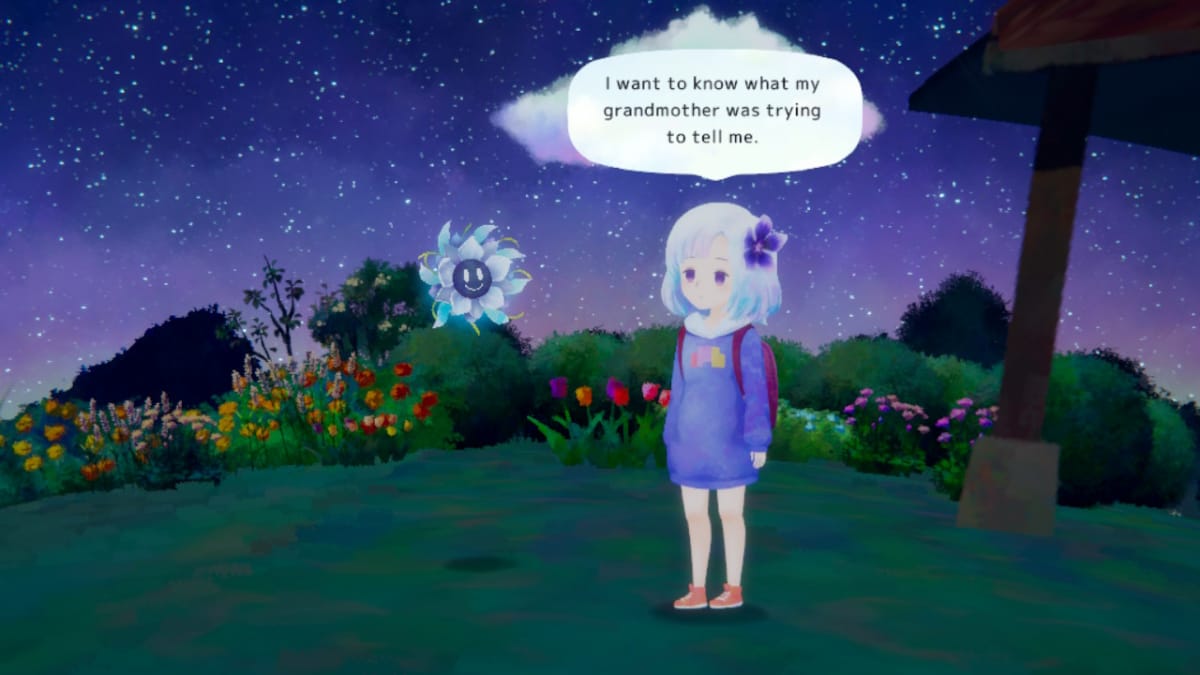
As you head out for the big day, you and your flower (who you now just call Flower), decide to make a list of things that would make your perfect day, and they have to be crossed out by the end of it. Along the way of course, you meet other people, critters, and objects to talk to, and they give you simple quests to accept. These can be as simple as finding a fly for the hungry frog or delivering a love letter to the Jonny’s waitress in town (which is indeed a parody of the diner chain Denny’s).
Seeing as Sumire is a visual novel, much of how you progress or what path you end up taking depends on the choices you make. Coupled with the side quests you carry out, these determine the amount of karma and nature of relationships you have with other characters in the game. While a majority of the time, my decisions led to good karma, on one such occasion I performed the classic A-button mash and selected the wrong choice.
The choices you make can sometimes sway the mood dramatically and have things take a dark turn, so don’t let the flowers fool you. The choice-based progression does make it so that there’s a bit of replay value in the game, as events could go one way or another.
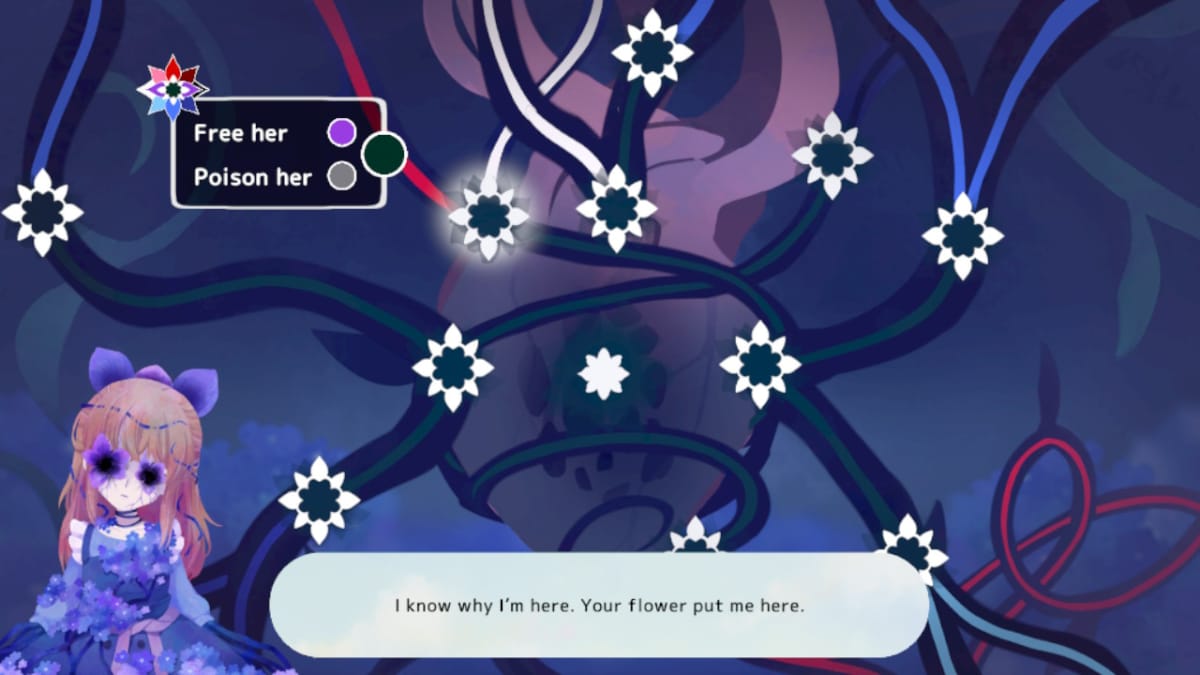
Apart from that, the gameplay is very simple. You might have to sneak your way past a crow or two, but that’s the most taxing it will get. The minigames here and there, such as a card minigame made up by one of the characters, are a delight and so well thought out for a tiny segment of the game. I would have loved the chance to go back and sink a couple extra hours into them.
Pretty as a Picture
Part of the game, of course, is taking the time to stop by the little detours on the way and take in the sights. The quaint town in Sumire and its people feel like someplace you’d want to visit on a weekend trip. Whether it’s making your way to the hot springs on a bus ride or inserting the coin you found on the ground in the gacha machine, there is a lot of wonder to be found. Visually, Sumire is as pretty as a painting. With its watercolor artstyle and unique curved perspective akin to a globe, it’s reminiscent of a picture book. The talking animals and friendly townsfolk make it seem like something straight out of a Studio Ghibli movie.
In the audio department as well, Sumire is stellar. The joyful acoustic guitar as you walk in and out of the shops, and the more somber piano when Sumire thinks back on the past. Each of the game’s tracks are masterful and add to the ambience, right from the title screen itself. The game makes its sound design known to you as well in some places. For example, the plipping of raindrops in a bucket has the Japanese onomatopoeia beside it, which again goes back to that picture book feeling.
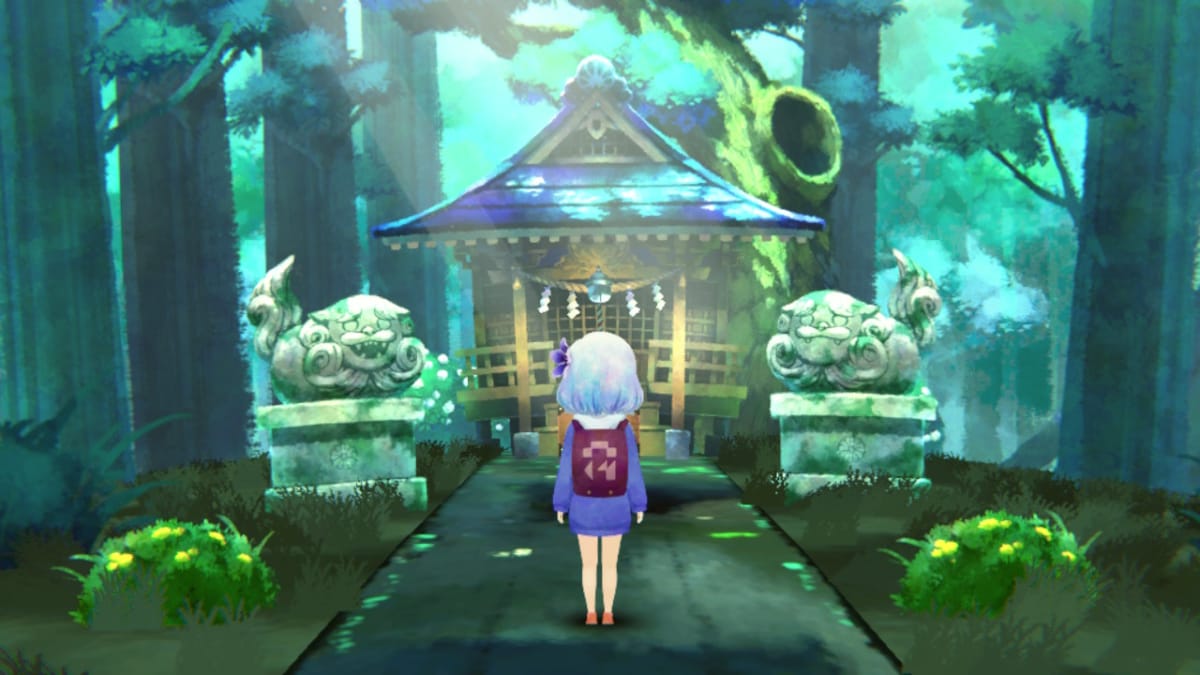
Of course, narratively, the game is a marvel, and I’ve unashamedly ended up in tears a handful of times in the three hours I had with it. The simple act of writing a letter to convey your feelings to someone, a phone call from your father who no longer lives with you, the ecstasy of making a new friend. All of these experiences and more are so organically written into the story, and really make it feel real.
Sumire Review | Final Thoughts
Sumire takes the concept of a perfect day and encapsulates it in a beautiful few hours. It handles the subjects it tackles gracefully and patiently, while also teaching life lessons for those of all ages in a way that tugs on your heartstrings.
TechRaptor reviewed Sumire on Nintendo Switch with a copy provided by the publisher. It is also available on Steam.
Review Summary
Pros
- Beautiful watercolor artstyle and amazing soundtrack
- Compelling and heartfelt narrative
- Replay value
Cons
- Only about three hours long
Have a tip, or want to point out something we missed? Leave a Comment or e-mail us at tips@techraptor.net
